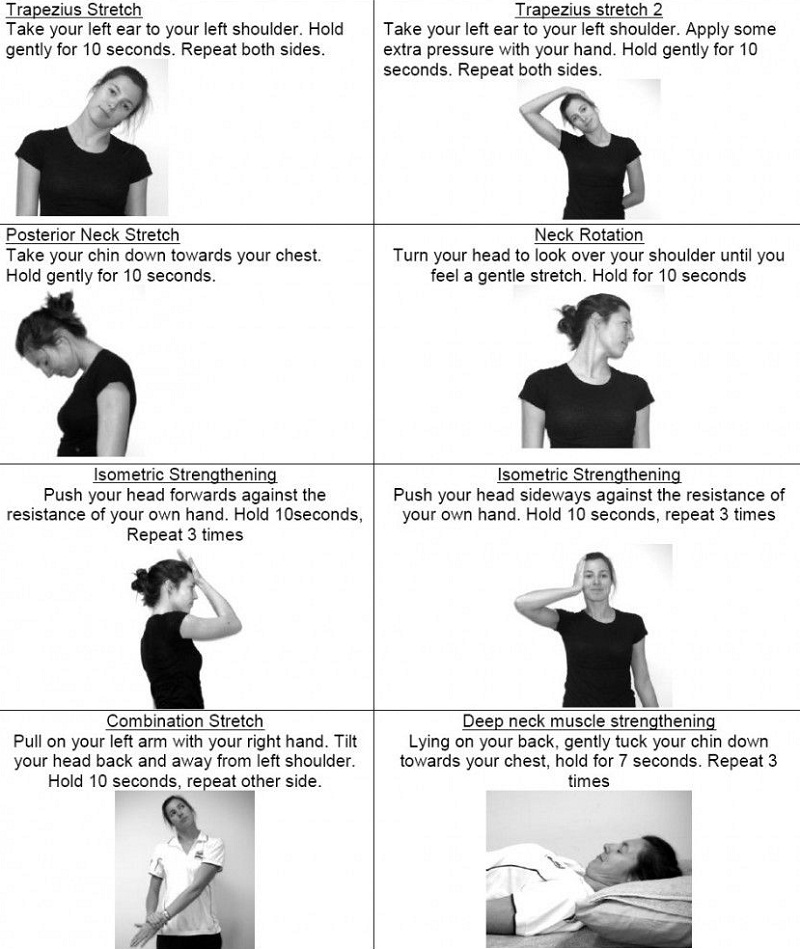A stiff neck typically is the effect of muscles weakening over time from poor posture. Looking down at the computer monitor all day can induce the muscles around the neck joints to the casing and become overstretched. Driving for long periods of looking at your smartphone can produce the same effect.
When your neck muscles become weak and you try to turn your head, the joint no longer moves smoothly because it’s now out of place. Often the joint catches on something, either pulling a muscle or hitting the nerve irregularly. Then you’ll become an instant pain and your body has a protective spasm.
You Might Also Like:
- Rotator Cuff Tear!Symptoms,Causes,Diagnosis,Treatment & Exercises
- Depression:Symptoms,Causes,Treatment & Drugs
- Sciatica | Symptoms,Treatment,Exercises & Prevention
- Treating Low Back Pain at Home
Neck Stretching Can Keep Pain Away
Putting your monitor at eye level, sitting up straight and avoiding tilting and twisting your head down or to the side while you’re on the computer can help you avoid neck pain. When you’re looking at your smartphone, be sure to take frequent breaks and avoid having your neck bent forward for long periods of time.
The key to relief for a stiff neck is proper stretching and manipulation. Here are some stretches you can try at your desk:

- Roll your shoulders backwards and down 10 times
- Push your head back into your car headrest or hands and hold for 30 seconds
- Squeeze your shoulder blades together 10 times
- Bring your ear to your shoulder 10 times on each side
- Take care when you sleep
- Sleep only on your side or on your back – never on your stomach.
For Minor & Common Causes of Neck Pain, You Can Try
- Apply heat or ice to the painful area. Use ice for the first 48 to 72 hours, then use heat after that. Heat may be applied with warm showers, hot compresses or a heating pad.
 Take over-the-counter pain relievers such as ibuprofen or acetaminophen.
Take over-the-counter pain relievers such as ibuprofen or acetaminophen.- Keep moving, but avoid jerking or painful activities. This helps calm your symptoms and reduce inflammation.
- Have a gently massage the sore or painful areas.
- Do slow range-of-motion exercises, up and down, side to side, and from ear to ear. This helps to gently stretch the neck muscles.
- Try sleeping on a firm mattress without a pillow or with a special neck pillow.
- Ask your health care provider about using a soft neck collar to relieve discomfort. Do not use the collar for a long time. Doing so can make your neck muscles weaker.

